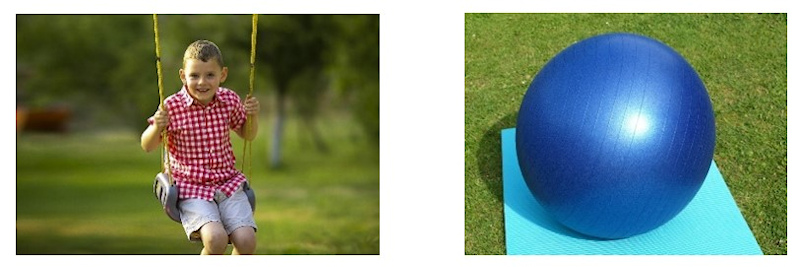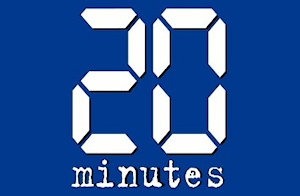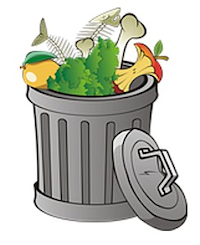Steps To Eating

Please note, this page is written with young children in mind.
You can also visit our Eating Well page, which is written for older young people who experience difficulty with pain and fatigue.
TOP TIPS FOR BETTER EATING
Key points to remember
- You are not alone! Many autistic people find eating and drinking new things difficult, and this can be especially difficult for autistic children or those with sensory needs.
- Make a plan before you make any changes. Start by looking at our top tips listed below as these are key things to have in place to support eating. If you wish, you can click here to download a copy of these top tips to print and stick up in your kitchen. If you need further information about any of the points listed, you will find more details in our “Steps to Eating” video, further down this page.
- Notice and celebrate each new step. Learning to eat and drink new foods can be challenging and can take time. You can download and print this Steps to Eating visual to show you the steps to eating and remind yourself to celebrate along the way.
Before you start
- Make your eating visuals and get a place mat if needed. You can download some example visuals here, but feel free to make your own if you prefer.


- Plan to have 5 to 6 meals per day (this includes snacks too).
- Make sure your child has good seating so they can focus.
- Does your child need some sensory play before the meal to help them be in the ‘just right’ mood? You can find out more about this on our Sensory Needs advice page.


The meal or snack time
- Reduce distractions. No TV, iPad, or phone if possible.
- Offer a favourite or safe food with each meal or snack.
- Introduce new foods on a ‘’practice plate’’ if needed.
- Eat with your child. Eat some of the same foods they like.
- Don’t force feed, or put food to their mouth, instead allow them to explore at their own pace.
- Reduce the pressure and show and model eating yourself. Talk about how ‘’yummy’’ your own food is.
- Don’t allow grazing. Eating happens at meal or snack times.

Finish on a positive note
- Be patient, they will notice your emotions, so try to keep meals positive and relaxed.
- Use positive language.
- Keep meals short, aim for 20-30 minutes maximum.

After the meal or snack
- When the meal is finished, encourage your child to scrape or tip the food to the bin, even if they didn’t eat much.
- Take time to think about what went well and what you need to change.
What next?
- Watch our Steps to Eating advice video. If you have implemented these top tips and are still concerned about your child’s eating, watch our team’s “Steps to Eating” video for further advice. This video has been made with young autistic children in mind, but any child the recommendations will be relevant for non-autistic children too.
- Complete an Eatwell Plate. We recommend you keep a record of your child’s eating over the course of a week, as this will help you, and the team to understand your child’s needs better. Click here to download a copy of an Eatwell plate. Try to add foods to this plate after each meal or snack so you remember what your child has eaten.
- Come to an Eating Next Steps session. Once you have watched the video and completed your Eat Well plate, please sign up for an online session to discuss your questions and queries with members of our team along with other families facing similar challenges. You can find dates and details of how to book here.
- You can also access further advice from the National Autistic Society.
Last updated10 Sep 2025


